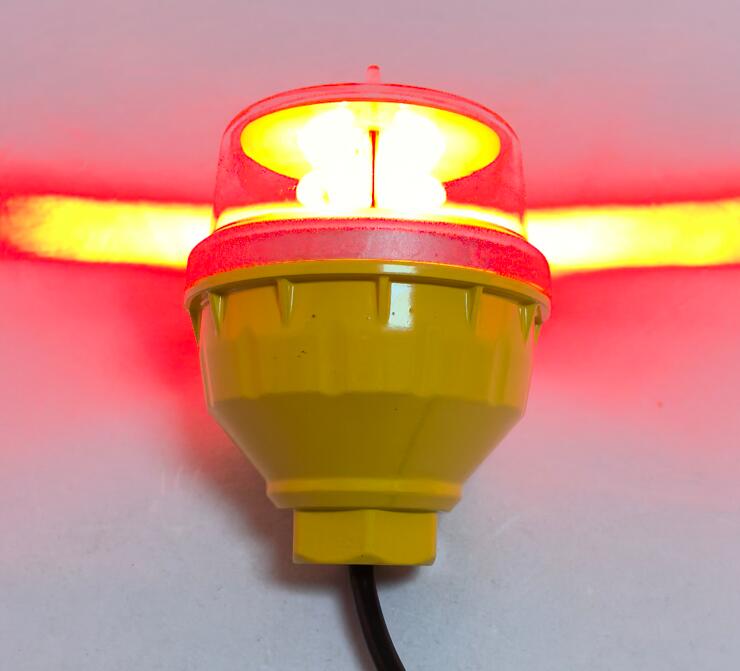L 810 Obstruction Light: The Essential Guide to Aviation Safety Compliance
In the world of aviation safety, L 810 obstruction lights serve as critical visual markers for tall structures, ensuring aircraft can navigate safely around potential hazards. These specialized lights meet stringent international standards and play a vital role in preventing collisions between aircraft and man-made structures. This guide explores the technical specifications, applications, and selection criteria for L 810 obstruction lights without focusing on cost considerations.
Understanding L 810 Standards
The L 810 designation refers to specific FAA and ICAO requirements for:
Light intensity (2000 candela minimum)
Flash characteristics (40-60 pulses per minute)
Color specifications (aviation red)
Vertical and horizontal light distribution
These standards ensure consistent performance across different manufacturers and installations.

Key Applications
L 810 obstruction lights are required for:
Communication towers exceeding 200 feet
| l 810 obstruction light price |
Wind turbines in flight paths
High-rise buildings near airports
Bridge cables and suspension structures
Power transmission lines in critical zones
Technical Specifications
Modern L 810 lights feature:
LED technology with 50,000+ hour lifespan
IP66 or higher weatherproof rating
Operating temperature range: -40°C to +60°C
| l 810 obstruction lights price |
Dual-power capability (main and backup)
Photocell or timer-controlled operation
Installation Best Practices
Proper installation requires:
Top and midpoint placement on structures
Unobstructed 360° visibility
Proper grounding for lightning protection
Compliance with local aviation authority spacing requirements
Accessibility for maintenance
Maintenance Considerations
To ensure continuous operation:
Quarterly visual inspections
Annual photometric testing
Immediate replacement of failed units
Regular cleaning of optical surfaces
Electrical system checks
Regulatory Compliance
L 810 lights must meet:
FAA AC 70/7460-1L requirements
ICAO Annex 14 standards
Local aviation authority specifications
Environmental protection regulations
Technology Advancements
Recent innovations include:
Smart monitoring systems with remote diagnostics
Adaptive intensity control
Solar-hybrid power options
Wireless synchronization for multiple units
Improved wildlife-friendly designs
Selection Criteria
When choosing L 810 obstruction lights:
Verify certification compliance
Evaluate durability for specific environments
Consider power requirements
Assess maintenance needs
Review manufacturer reputation
Future Trends
Emerging developments:
Integration with ADS-B systems
AI-powered predictive maintenance
Enhanced energy efficiency
Drone detection compatibility
Advanced anti-glare technology
L 810 obstruction lights remain an essential component of aviation safety infrastructure. By understanding the technical requirements, installation protocols, and maintenance needs, operators can ensure their lighting systems provide reliable, long-term protection for both aircraft and structures. Proper selection and upkeep of these lights contribute significantly to overall airspace safety while meeting all regulatory obligations.
Final Recommendations
Consult with aviation lighting specialists before purchasing
Maintain detailed installation and maintenance records
Stay informed about regulation updates
Consider future-proof features when selecting systems
Prioritize quality and compliance over short-term savings
